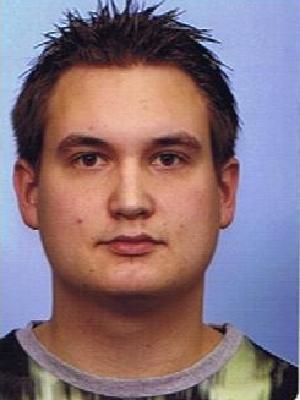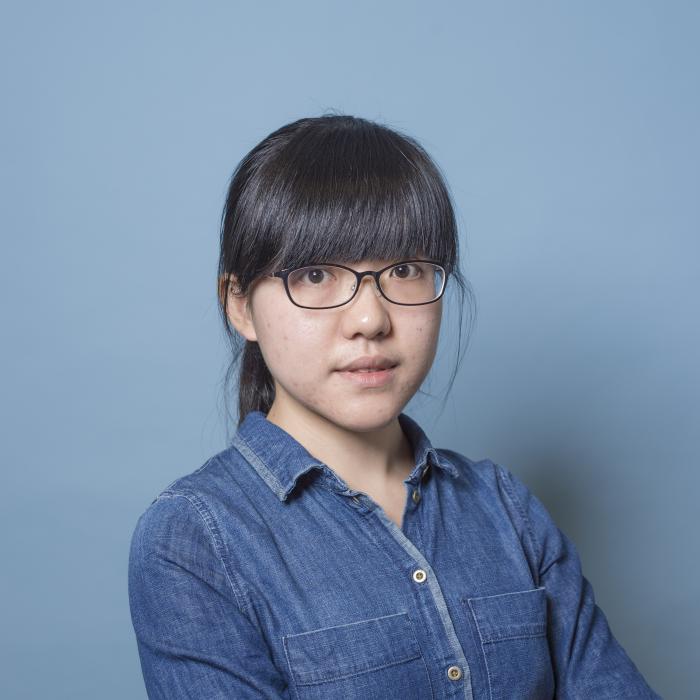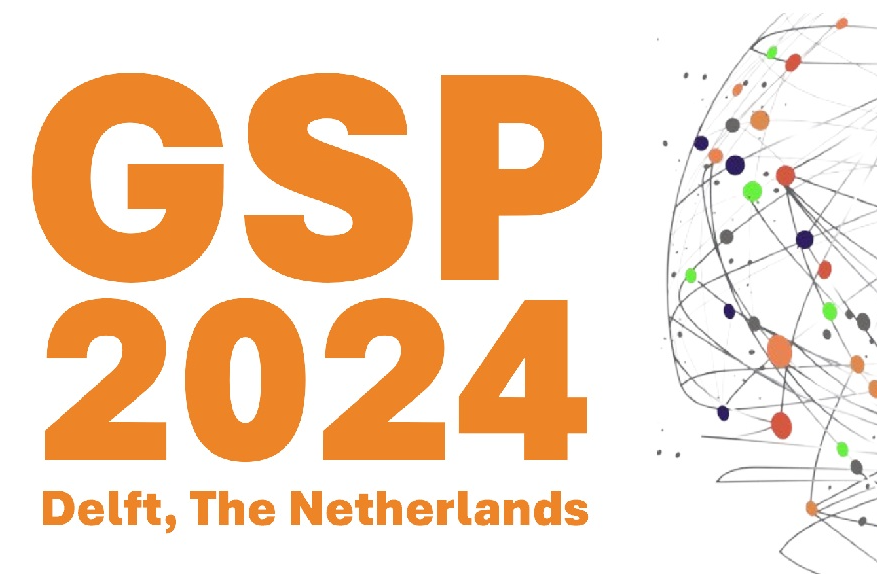Agenda
MSc SS Thesis Presentation
- Tuesday, 22 May 2018
- 11:00-11:40
- HB 17.150
Direction-of-Arrival Estimation using an Unsynchronized Array of Acoustic Vector Sensors
Bart Coonen
Direction-Of-Arrival (DOA) estimation of acoustic signals is of great interest in various applications including battlefield acoustic and noise localization. Acoustic sensors are employed in an array configuration to estimate DOAs based on the time differences of arrival DOAs. However, the acoustic sensors in the network have all their own Data AcQuisition (DAQ) unit with independent clocks than, it might not be possible to perfectly synchronize the network which affects the performance of the time differences of arrival reliably.
In this thesis we consider the issue of clock synchronization errors in a network where Acoustic Vector Sensors (AVSs) are used. AVSs are shown to be advantageous in terms of direction finding compared to conventional Acoustic Pressure Sensors (APSs) due to their directional particle velocity measurement capability. Initiallity the measurement model for AVSs is presented. After that the behavior of the clocks is incorporated in the measurement model of the full array setup. Subsequently, the effects of the clocks on the MVDR DOA estimation method is discussed.
The model with clock errors is used in the development of three new DOA-estimation methods. The first two techniques are eigenstructure methods that are capable of finding the DOAs regardless of the accuracy of the synchronization. However, to find the DOAs with high accuracy in a real-time application these methods are not due to their high computational cost. Alternatively, the third proposed algorithm takes the DOA estimate from previous methods with low accuracy as its input. The algorithm estimates the DOA in an iterative fashion with high accuracy based on these estimates with low accuracy.
Finally, measurements are conducted in a controlled environment in order to show that these methods are usable in practical situations.
Additional information ...Agenda
- Tue, 30 Apr 2024
- 10:00
- HB18.090
MSc SPS Thesis presentation
Wim Kok
A SystemC SNN model for power trace generation
- Mon, 6 May 2024
- 12:30
- Aula Senaatszaal
PhD Thesis Defence

Christoph Manss
Multi-agent exploration under sparsity constraints
- Tue, 21 May 2024
- 10:00
- Aula Senaatszaal
PhD Thesis Defence

Wangyang Yu
- 27 -- 28 May 2024
- Aula, TU Delft
Conferences

44th Benelux Symposium on Information Theory and Signal Processing (SITB'24, Delft)
- Tue, 18 Jun 2024
- 15:00
- Aula Senaatszaal
PhD Thesis Defence

Hanie Moghaddasi
Model-based feature engineering of atrial fibrillation
- Mon, 24 Jun 2024
- Aula, TU Delft
Conferences
